I mentioned Zwetschgen yesterday, right? Well. Zwetschgen. I love them. I also love poppy seeds. And fortunately, those two go together very, very well... so recently, this happened:
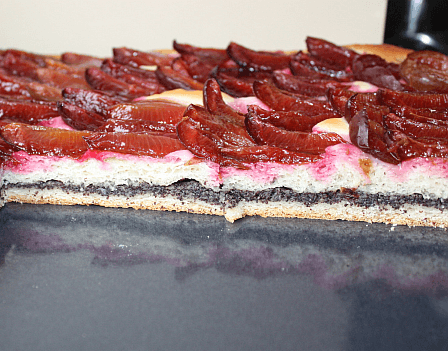
Zwetschgenkuchen mit Mohngeheimfach (Plum cake with a secret compartment for poppy seed filling). (Yes, obviously the secret compartment won't stay secret very long, but a cake has to be named in some way, right?)
And here's the recipe:
Yeast Dough:
500 g flour
80 g butter (soft)
pinch of salt
20 g yeast
200 ml milk
70 g sugar
1 egg
Filling:
250 ml milk
145 g honey
35 g sugar
150 g poppy seeds (ground)
30 g semolina
good pinch of ground cardamom
Topping:
about 1.5 kg Zwetschgen
Make yeast dough (add the butter, egg and salt in last, after having kneaded it for a bit) and set in a warm spot to rise. Mix honey, milk, sugar and cardamom and bring to a boil; add semolina, let it bubble up once, then stir in poppy seeds and set aside to cool.
Divide dough into two parts; cover bottom of a deep baking sheet with first half (the rolling pin is your friend), spread filling on top, cover with second half of dough. Set aside to let rise once more.
Pit the Zwetschgen: cut around so the two halves still hang together, remove pit, then cut into each half so the four quarters still hang together (they stack better on the cake if prepared thus). Place on top of the cake, overlapping.
Bake at about 170° C for c. 50 minutes (heat from top and bottom, no fan. I can do no-fan cakes now! Hooray!).
Enjoy. Tastes best when still slightly warm from the oven, and goes very well with vanilla ice cream or whipped cream.

Zwetschgenkuchen mit Mohngeheimfach (Plum cake with a secret compartment for poppy seed filling). (Yes, obviously the secret compartment won't stay secret very long, but a cake has to be named in some way, right?)
And here's the recipe:
Yeast Dough:
500 g flour
80 g butter (soft)
pinch of salt
20 g yeast
200 ml milk
70 g sugar
1 egg
Filling:
250 ml milk
145 g honey
35 g sugar
150 g poppy seeds (ground)
30 g semolina
good pinch of ground cardamom
Topping:
about 1.5 kg Zwetschgen
Make yeast dough (add the butter, egg and salt in last, after having kneaded it for a bit) and set in a warm spot to rise. Mix honey, milk, sugar and cardamom and bring to a boil; add semolina, let it bubble up once, then stir in poppy seeds and set aside to cool.
Divide dough into two parts; cover bottom of a deep baking sheet with first half (the rolling pin is your friend), spread filling on top, cover with second half of dough. Set aside to let rise once more.
Pit the Zwetschgen: cut around so the two halves still hang together, remove pit, then cut into each half so the four quarters still hang together (they stack better on the cake if prepared thus). Place on top of the cake, overlapping.
Bake at about 170° C for c. 50 minutes (heat from top and bottom, no fan. I can do no-fan cakes now! Hooray!).
Enjoy. Tastes best when still slightly warm from the oven, and goes very well with vanilla ice cream or whipped cream.




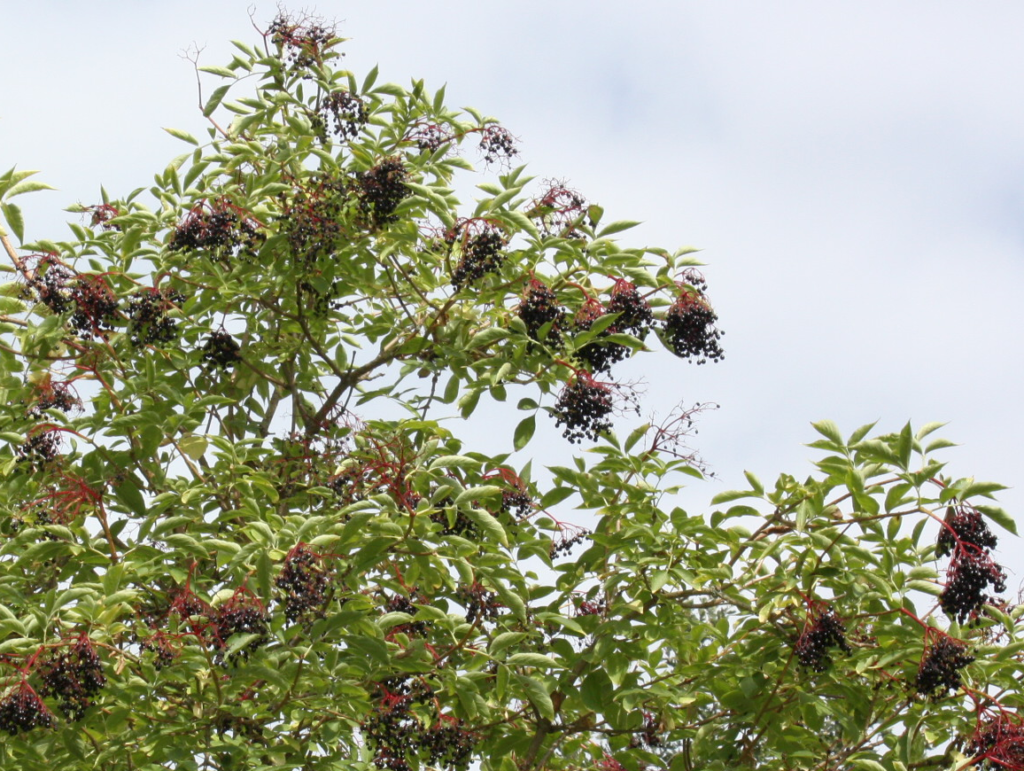
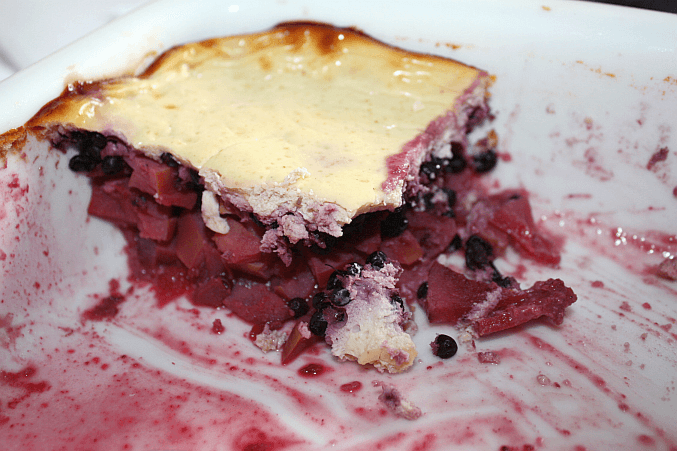
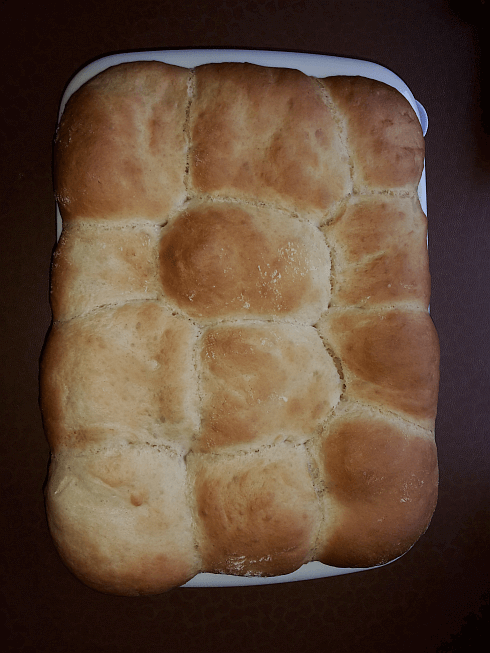
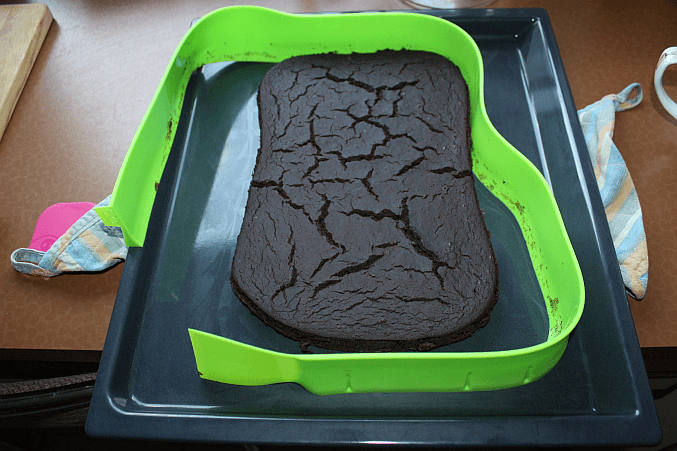
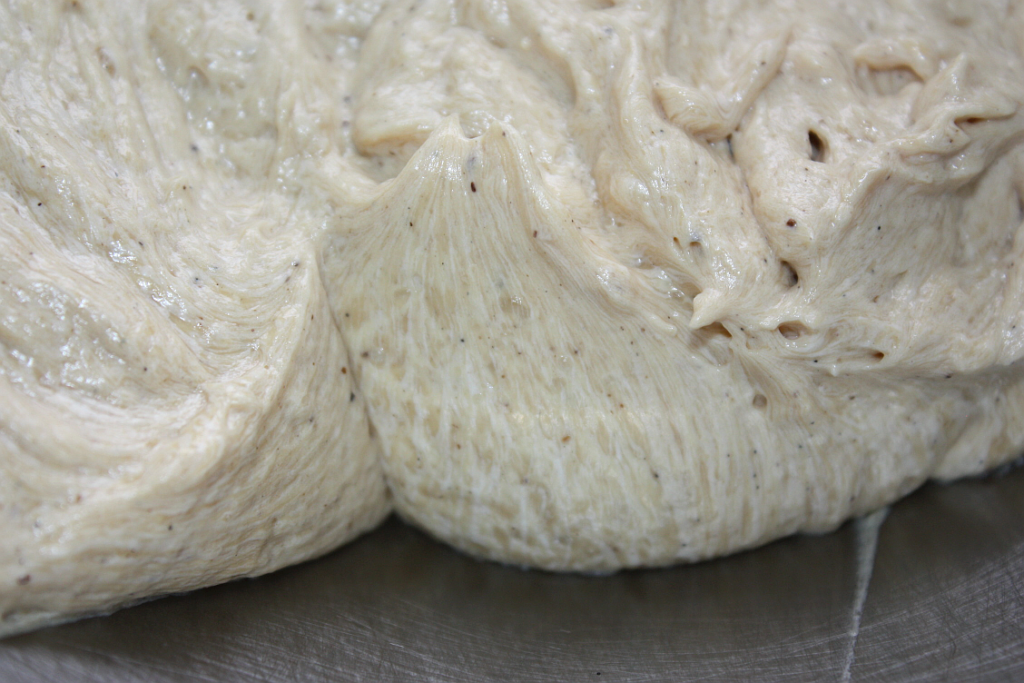 This is what happens if you beat in too much of the watery base - even if you have enough emulsifying agents in there, you start to get pockets of the watery phase. Next step if you beat in even more: "curdling". Which means you need to have a bit more butter, whip that nice and soft. Then beat the curdled stuff into the butter, and all will be fine again.
This is what happens if you beat in too much of the watery base - even if you have enough emulsifying agents in there, you start to get pockets of the watery phase. Next step if you beat in even more: "curdling". Which means you need to have a bit more butter, whip that nice and soft. Then beat the curdled stuff into the butter, and all will be fine again.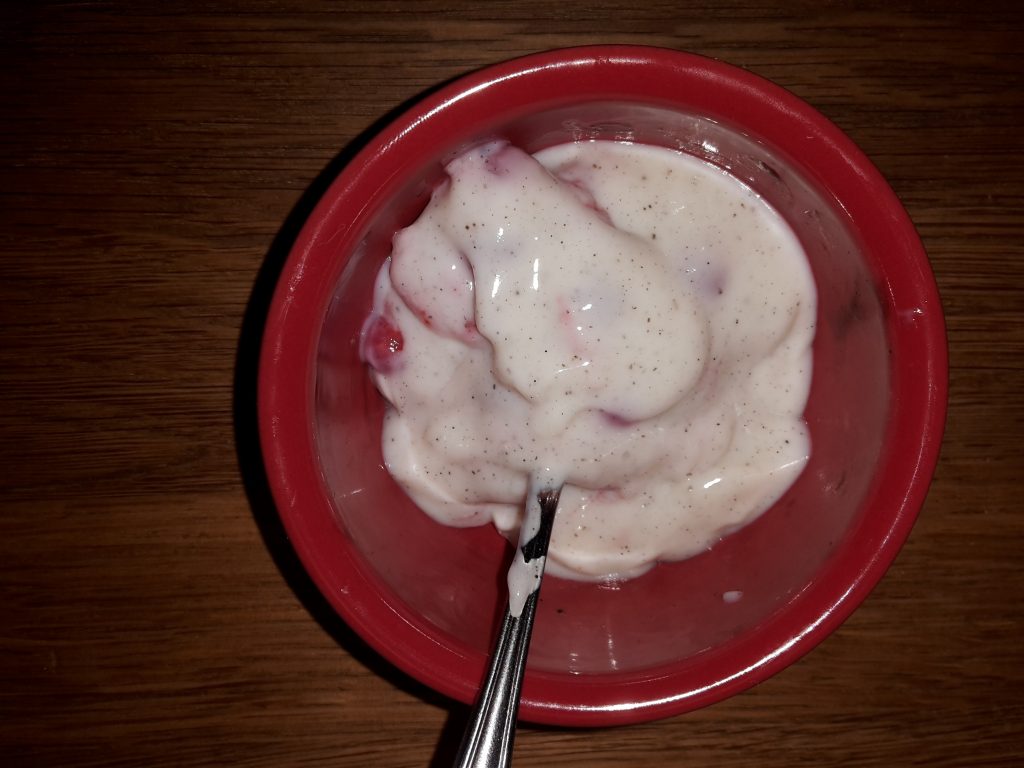 It's not looking spectacular, I know... but the taste is wonderful.
It's not looking spectacular, I know... but the taste is wonderful.